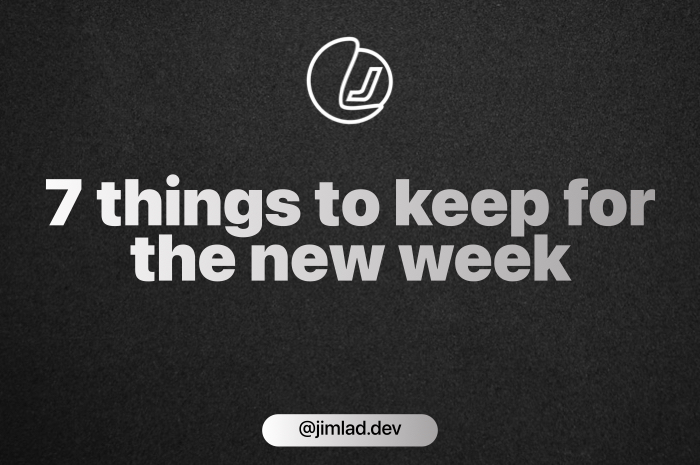
Introduction
Packaging design is not just about aesthetics it’s a powerful tool that influences consumer behavior and purchasing decisions. Understanding the psychology behind effective packaging design can help brands create packaging that attracts attention, communicates value, and ultimately drives sales. In this blog post, we’ll explore the key psychological principles
Effective packaging design is a blend of art and science, where psychological principles play a crucial role. By leveraging these principles, brands can create packaging that resonates with consumers on a deeper level, influencing their perceptions and buying behaviors.that contribute to effective packaging design.
Key Points:
Red: Stimulates appetite and conveys excitement and energy.
Blue: Represents trust, security, and reliability.
Green: Associated with health, wellness, and environmental friendliness.
Yellow: Evokes happiness, optimism, and warmth.
Black: Conveys luxury, sophistication, and elegance.
The Impact of Typography
Typography is not just about readability; it also communicates the brand’s personality and tone. The choice of font, size, and arrangement can significantly impact how consumers perceive a product.
Key Points:
Serif Fonts: Convey tradition, reliability, and professionalism.
Sans-serif Fonts: Represent modernity, simplicity, and cleanliness.
Script Fonts: Evoke elegance, creativity, and sophistication.
Bold Typography: Captures attention and conveys confidence.
Visual and Textual Balance
A well-balanced design ensures that both visual elements and text work harmoniously to convey the intended message without overwhelming the consumer.
Key Points:
Hierarchy: Prioritize information based on importance using size, color, and placement.
Whitespace: Use whitespace effectively to prevent clutter and improve readability.
Contrast: Utilize contrasting colors and fonts to highlight key information.
Emotional Appeal through Imagery
Images on packaging can evoke emotions, tell a story, and create a connection with consumers. Choosing the right imagery can significantly enhance the appeal of your product.
Key Points:
Lifestyle Images: Show the product in use to create an emotional connection.
Product Photography: High-quality images that accurately represent the product.
Brand Story: Use images to convey the brand’s story and values.
Conclusion
Understanding the psychology behind effective packaging design can help brands create packaging that not only attracts attention but also resonates with consumers and drives sales. By leveraging color, typography, balance, shape, and imagery, you can create packaging that communicates your brand’s message and appeals to your target audience.



